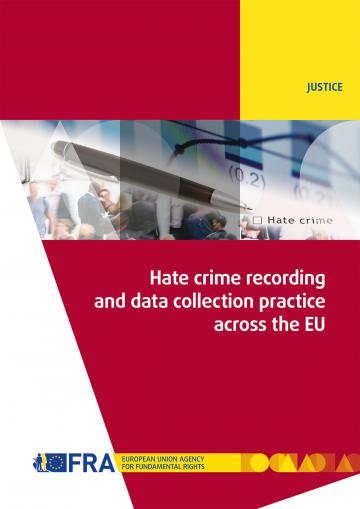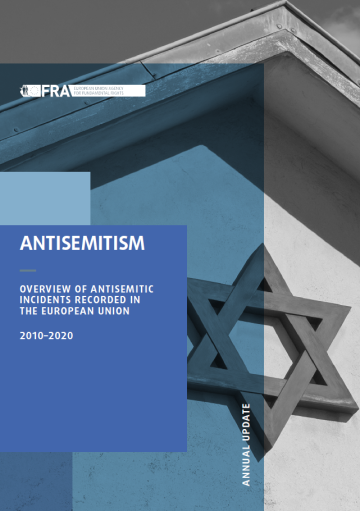Laws against hate crime are in place, imposing increased penalties for bias motivation, and diverse services are available for victims. But are these measures enough?
There are two major catches. Only a fraction of victims report hate-motivated harassment and violence to the police. Moreover, even when they do, police officers do not always flag them as hate crimes. Some may not recognise certain incidents as stemming from prejudice. Others may simply lack the necessary practical tools, such as incident reporting forms, that allow racist motivation to be noted – or the inclination to provide information not always deemed obligatory.
This means these hate crimes remain unidentified or unrecorded – and thus un-investigated, unprosecuted, uncounted and, ultimately, invisible.
Contents
- Key findings and FRA opinions
- International norms, standards and guidance on hate crime recording and data collection
- Comparative overview of the situation at national level
- Recording and collecting data on hate crime in the EU-28
- Crime victimisation surveys in the EU





